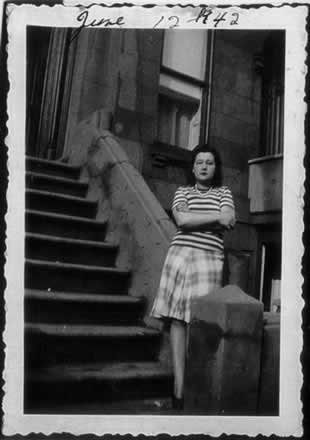A fact that should be of definite mention is that Mohawk ironworkers historically have placed their sweat, tenacity and heart into many of the metropolitan structures we see and are in contact with today. Kahnawake iron workers have assisted for instance in the construction of Rockefeller Center, The Verrazano bridge, the Empire State Building, and The United Nations among others.
A small area in Brooklyn served as “home” during the time of the movement to seek opportunity. In the roughly ten square blocks that families did call home away from home in the 1930’s, many women also found the ease of securing factory jobs. “Little Caughnawaga” as it was referred to was the closely knit community centered about Atlantic, State and Pacific streets.
Many of those who journeyed home between nine and twelve hours or so with their families when school had ended, found at times, less than a warm welcome upon returning to the reserve. The documentary is a strong voice of those who fought hard for their families across the decades.
The film also touches on the tragic Quebec Bridge collapse in 1907. During this time, the structure of the bridge fell into the St. Lawrence River. The tragedy killed 75 people, those of which included 33 men from the Kahnawake community. A memorial was organized and served to remember and honor those who had perished on that day.
A profoundly moving documentary, “Little Caughnawaga: To Brooklyn and Back”, is a must see as it reflects a call to home and the road which one travels to get there. Th e film premieres on November Thursday, November 6th and also on Saturday, November 8th at The NMAI Film and Video Center- located at the George Gustav Heye Center, 
One Bowling Green, New York City. For more information, please call- 212-514-3700. Admission to all screenings is free.
November At the Movies: Uniquely Kahnawake
http://www.nativenetworks.si.edu/nn.htm
****
Weak: 1 Star Average: 2 Stars Good: 3 Stars Very Good: 4 Stars Excellent: 5 Stars

